Why the 2022 Season Rocked
Each field season is packed with scientific significance. That’s what we’re here for: fulfilling dreams, introducing people to the thrill of discovery, and, especially, contributing to science. While we are out there digging, shoveling, picking, and having fun, we’re also furthering our understanding of the prehistoric world. So, what kinds of things did we dig up this summer?
Some of the best discoveries are made when prospecting. This is when a group is sent out to explore the area, looking for new fossils and possibly new sites. When prospecting, there is always a chance to find something new - bones, shells, petrified wood, and more - that will help unravel the mysteries of the prehistoric past!
First, we got to revisit some old friends. At our Andersen site, two dinosaurs, an Allosaurus and a sauropod named Suuwassea, were excavated in 1999 and 2000. While out prospecting, our participants found a few remains of these dinosaurs! These remains included pieces of Suuwassea’s skull and a rib, and a fragment of the Allosaurus’s foot and tooth.
A few weeks into the season, a group of our regular visitors discovered a new area just beyond one of our most productive sites, LZ Blue. The new microsite shows promise for fossils of dinosaurs and mammals, which were small, rodent-like creatures when they lived alongside the dinosaurs. One of these prospectors, Prescott, has a keen eye for fossils… and found a tiny mammal jaw! Elevation Science staff and participants also found a small theropod limb bone, teeth, and many more bone fragments. We can’t wait to see what else this site has in store for us!
One thing about prospecting is that it is not always successful. That seemed to be the case to two of our participants Meg and Margaretta when, as it turns out, they’d made the discovery of a lifetime! Feeling a little bit defeated but determined to see the bright side, the visitors returned from their prospecting journey and showed Elevation Science staff some of the cool, glittering “rocks” they found. They weren’t rocks - they were theropod bones filled with calcite! Lots of them! This new site will be a lot of fun for next year’s field season, and we cannot wait to see what it holds and what more it can tell us about the world 150 million years ago!
Many more things were discovered in our existing sites, too. One of our most productive quarries, Mother’s Day, is the gift that keeps on giving. For many years, bones have been coming out of the quarry with seemingly no end. However, no evidence of femora, thigh bones, of Diplodocus had been found before. This year, Elevation Science had the pleasure of working on not one, not two, not three, but FOUR Diplodocus femora!
Last year, Dr. Rick Schmidt, along with field participants, began the excavation of a sauropod site that was discovered on the very last day of the 2019 field season in the Andersen Area, known as Fossil Flats. This year marked another season of excavation, filled with vertebrae, ribs, and even a tibia! This season even brought us cervical vertebrae, or neck vertebrae, which had never been found at this site before. It was hypothesized that the animal was a Camarasaurus, a very common Jurassic sauropod found in North America. After speaking to Camarasaurus expert, Dr. Ray Wilhite, the likelihood of a Camarasaurus is now even higher!
Staff and participants also had the opportunity to work on an enormous sauropod vertebra at LZ Blue of the Andersen site. Sometimes, when you work on dinosaur bones, there’s a chance that there is more beside and underneath it. That was definitely the case here. Even more fossils were discovered around it, including toe bones, vertebrae, teeth, and more!
At the end of the summer, Elevation Science staff managed to get almost all completed fossil jackets out of the ground and ready for the journey to the Academy of Natural Sciences in Philadelphia, PA. There, the fossils will be prepared and used for furthering future scientific research and educating the public about natural history. Our quarries continue to surprise and provide us with tons of material to work on for years to come, and we couldn’t do what we do without the help and support from our citizen scientists. Elevation Science cannot thank everyone enough for supporting our mission and making the field season awesome!





